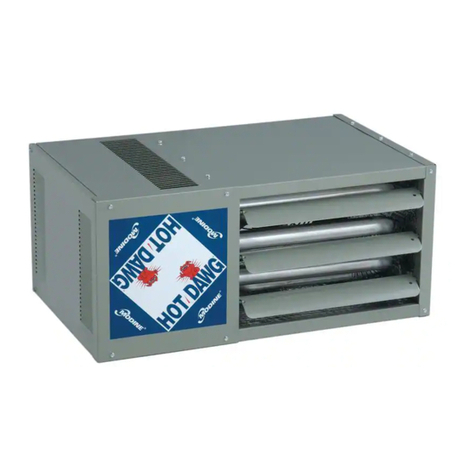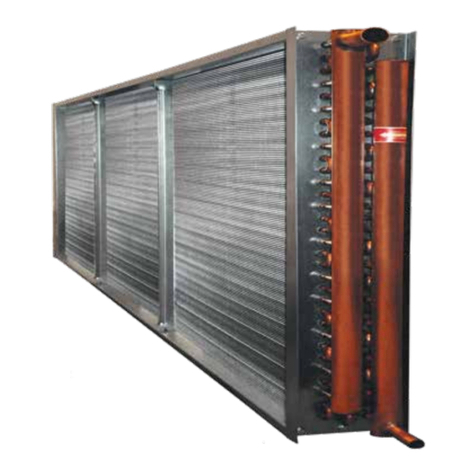Modine Manufacturing LM Manual
Other Modine Manufacturing Heater manuals
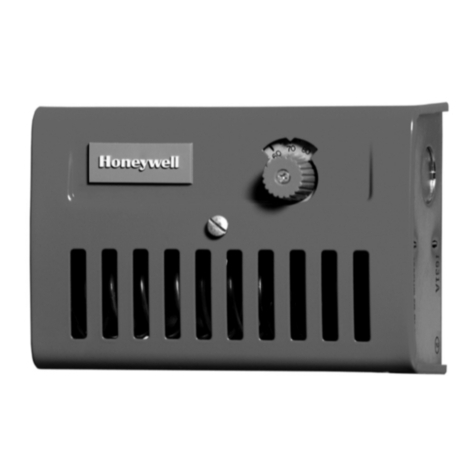
Modine Manufacturing
Modine Manufacturing HDB User manual

Modine Manufacturing
Modine Manufacturing HD100 User manual

Modine Manufacturing
Modine Manufacturing PV Series Manual
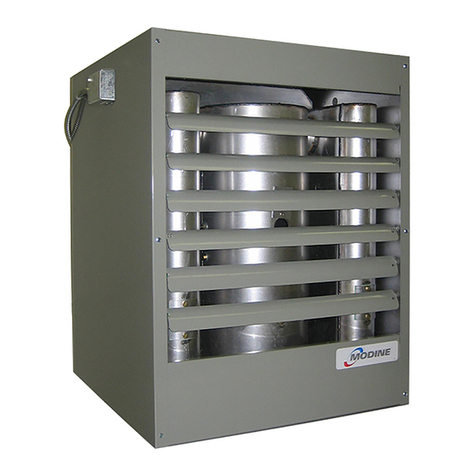
Modine Manufacturing
Modine Manufacturing POR Manual

Modine Manufacturing
Modine Manufacturing AIR11-500.8 Manual
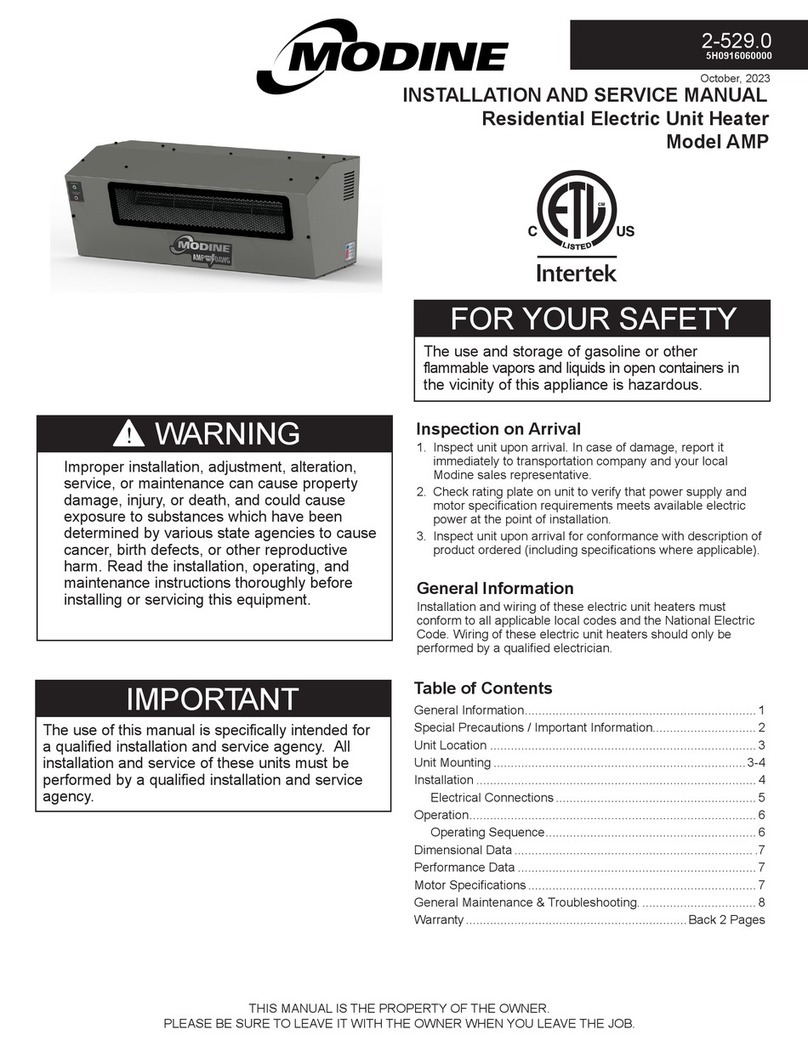
Modine Manufacturing
Modine Manufacturing AMP Manual
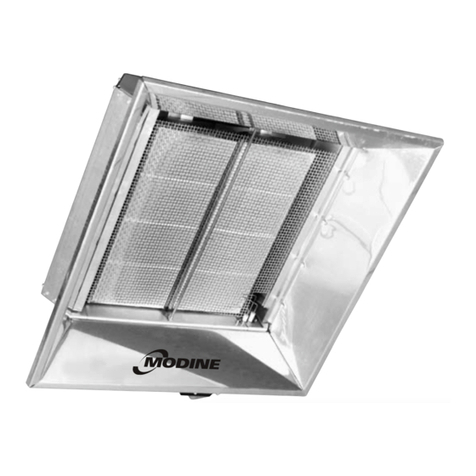
Modine Manufacturing
Modine Manufacturing MT28 Manual
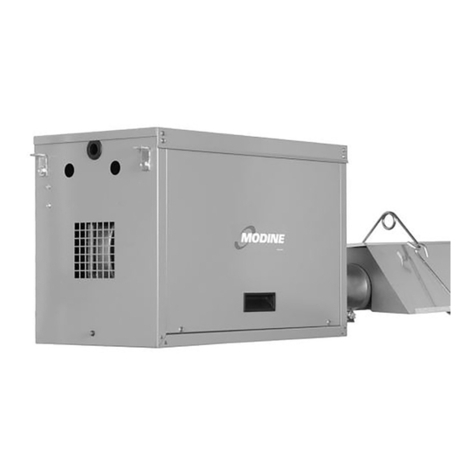
Modine Manufacturing
Modine Manufacturing IPT Series Manual

Modine Manufacturing
Modine Manufacturing PTX Manual
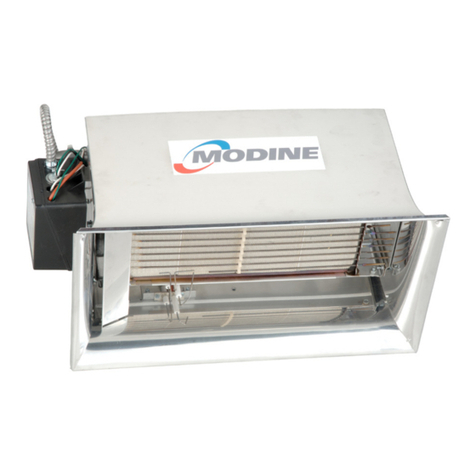
Modine Manufacturing
Modine Manufacturing IHR 60 Manual
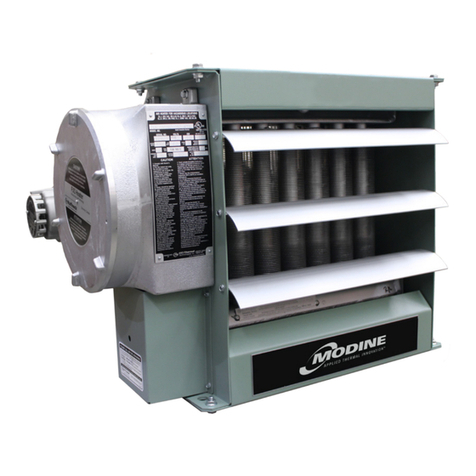
Modine Manufacturing
Modine Manufacturing HEX5 Series Quick start guide
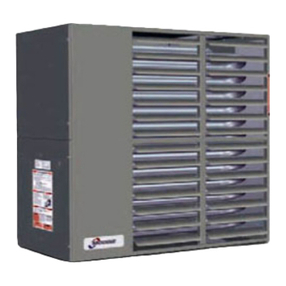
Modine Manufacturing
Modine Manufacturing PTS Manual
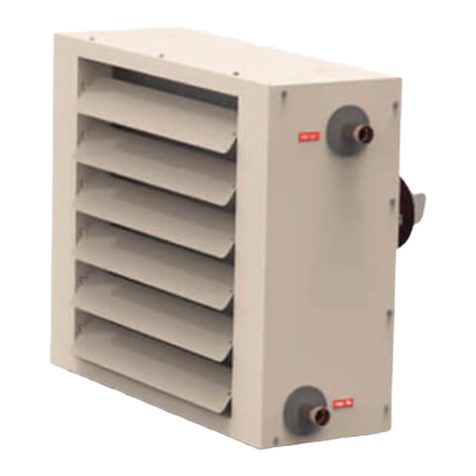
Modine Manufacturing
Modine Manufacturing HCH Series Manual
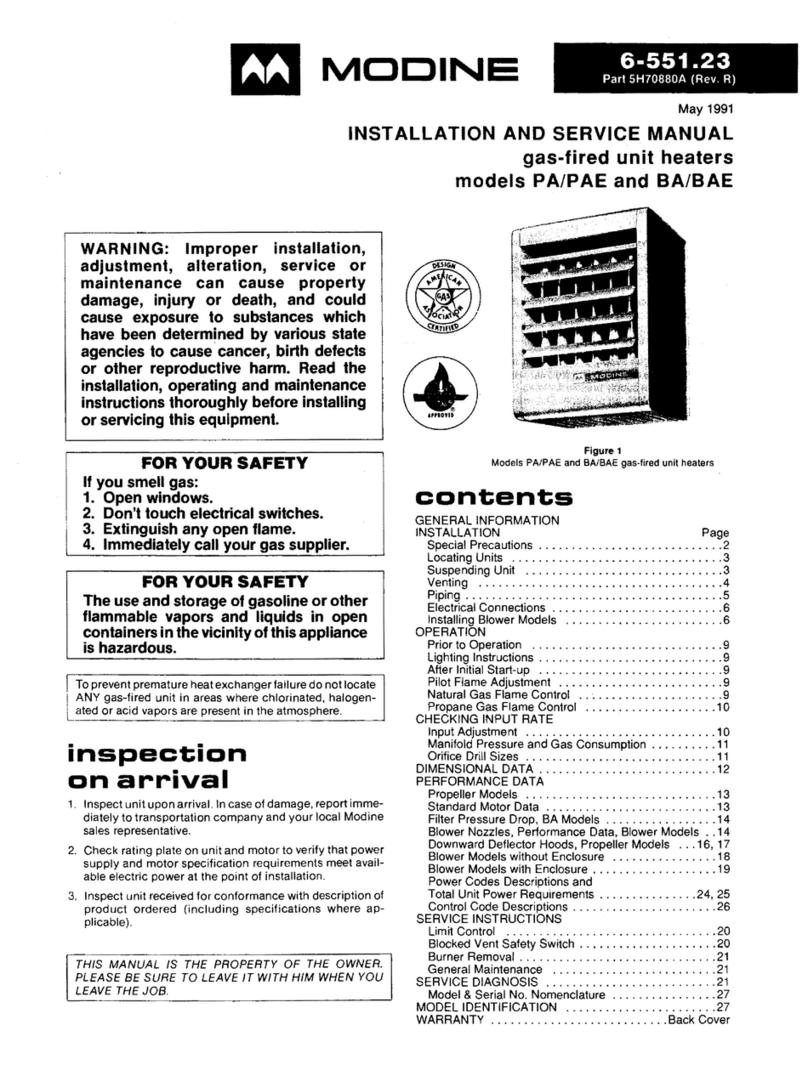
Modine Manufacturing
Modine Manufacturing PAE 30 Manual
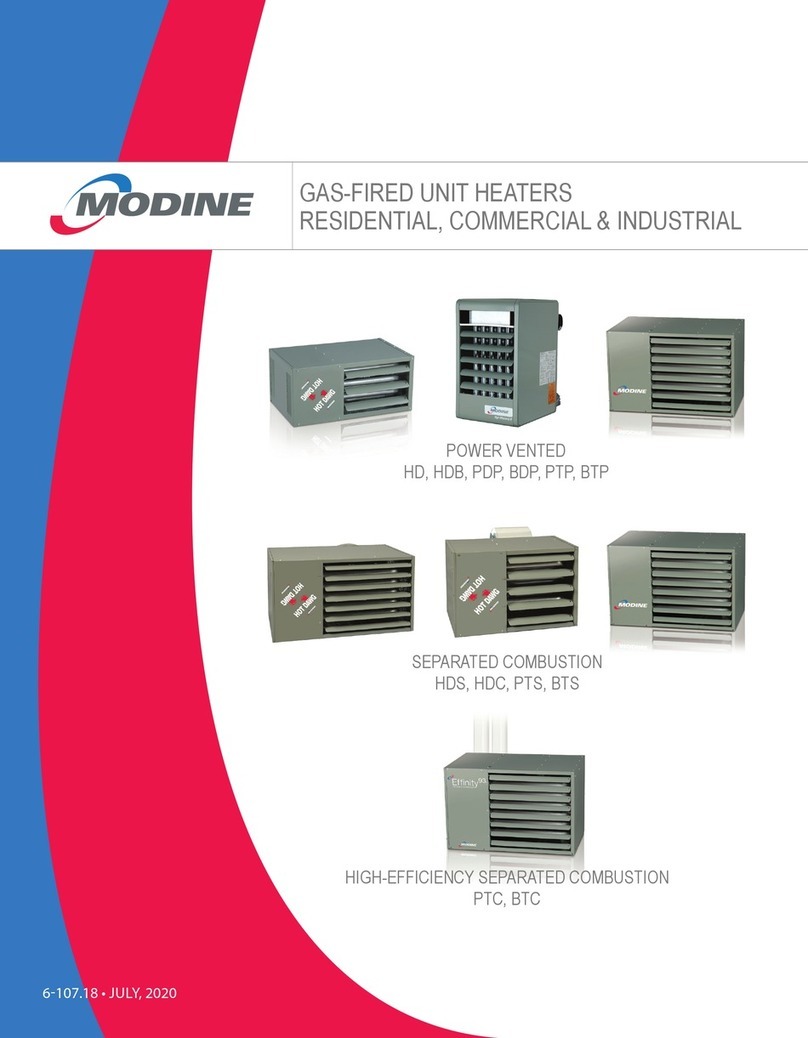
Modine Manufacturing
Modine Manufacturing HD User manual

Modine Manufacturing
Modine Manufacturing PDE Manual

Modine Manufacturing
Modine Manufacturing HDS 30 Manual
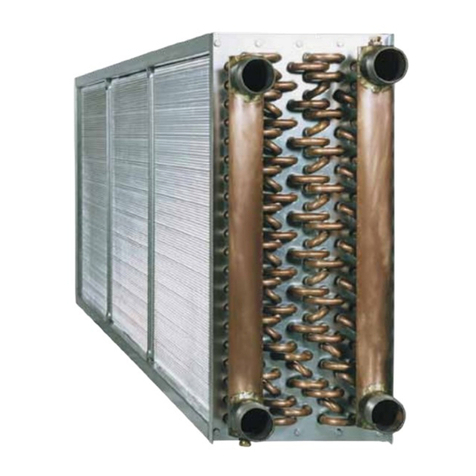
Modine Manufacturing
Modine Manufacturing Heatcraft 5WS1406C24.00 Technical Document
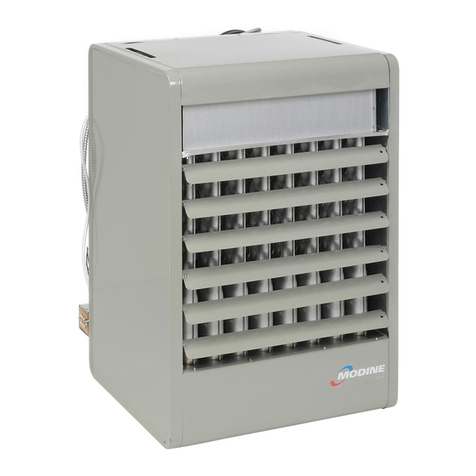
Modine Manufacturing
Modine Manufacturing BDP150 User manual
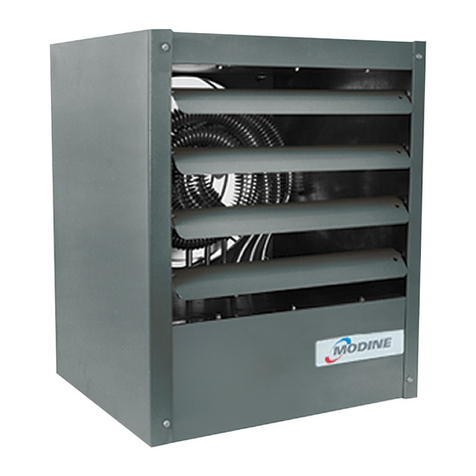
Modine Manufacturing
Modine Manufacturing VE Series Quick start guide
Popular Heater manuals by other brands

Porter-Cable
Porter-Cable PCXH80KT Operating instructions and owner's manual

Dyna-Glo
Dyna-Glo RA18LPDG user manual

Dimplex
Dimplex PLX050E instruction manual

EOS
EOS Herkules XL S120 installation instructions

Trebs
Trebs Comfortheat 99209 manual

Biddle
Biddle STYLE2 Series Installation operation & maintenance

Vermont Castings
Vermont Castings Non-Catalytic Convection Heater 2477CE Installation and operating manual

Fagor
Fagor RA-1505 Instructions for use

THERMAL FLOW
THERMAL FLOW Delta 175 Operating instructions manual

GET
GET G2CH instructions

ApenGroup
ApenGroup PK Series User, installation, and maintenance manual

oventrop
oventrop Regucor Series quick start guide

Blaze King
Blaze King CLARITY CL2118.IPI.1 Operation & installation manual

ELMEKO
ELMEKO ML 150 Installation and operating manual

BN Thermic
BN Thermic 830T instructions

KING
KING K Series Installation, operation & maintenance instructions

Empire Comfort Systems
Empire Comfort Systems RH-50-5 Installation instructions and owner's manual

Well Straler
Well Straler RC-16B user guide
